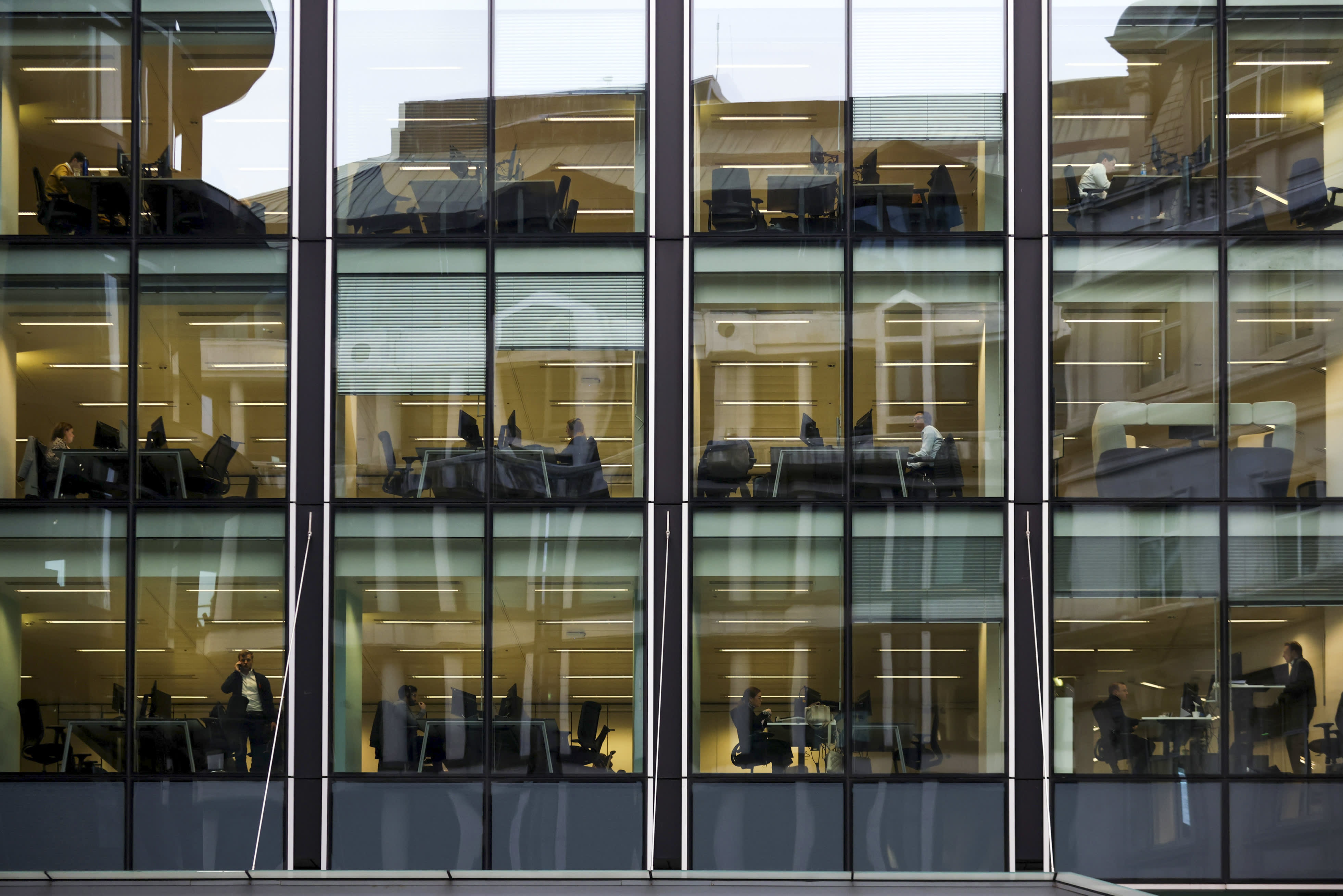
What will the future of work look like post pandemic? That is the million-dollar question, according to Rachel Lipson, founding project director of Project on Workforce at Harvard University’s Malcolm Weiner Center for Social Policy. She doesn’t have the answer, but Lipson does have some ideas about the trends workers should be watching closely and the threat to traditional work structures.
A 9-5 workday, a linear path from higher education to a career, robots taking over jobs, are all among the existing themes that will influence future labor market needs and require reimagining career paths, Lipson says.
In a recent interview for CNBC’s “Work in Progress” series, Lipson discussed trends she says the workforce will need to adapt to in a post-pandemic economy. Here are three of the big ones.
Nothing about remote work is certain
At the start of the pandemic, labor experts were skeptical that the U.S. professional work culture was ready to embrace remote employment. Now almost two years later, the assumptions have changed, as remote and hybrid work has proven to be productive, and a focus on employee wellness and a healthy work culture has taken precedence over an in-person work schedule.
But Lipson says experts are still reserving judgment on whether the acceptance of remote and hybrid culture is permanent. “Or over time, [are we] going to see some reversion of the back to normal?” she asked.
Remote work has created flexibility and eliminated daily commutes, which Lipson says has led to a reckoning that will be hard to reverse: “How much time you can spend with your family if you remove the commute from the equation.”
Bloomberg | Bloomberg | Getty Images
But the remote experience has also led to work burnout and has taken place during the Great Resignation phenomenon. Lipson worries long term about a class divide that could be created by a remote work system. “There is some research that implies that certain groups are going to be hurt more by the lack of in-person contact and interaction, “she said.
Not all workers are equally able to work remotely, either.
“We know that disproportionately from the data, workers with higher levels of education and higher wage roles are more likely to be able to have the option to work from home or to work out of the office,” she said.
Vast underinvestment in older workers
There is a fundamental rethinking taking place about the connection between education and work.
“The future of work in a lot of ways is dependent on the future of education,” Lipson said.
Creating transitions from the education system into good jobs, and questioning whether more education necessarily equals more success, are among the issues with major consequences for the future of work.
“Maybe someone doesn’t necessarily need a whole lot more education and training to successfully find a new job, but they need help translating their experience on their resume,” she said.
With more job coaching, practice interviews and better job matching, workers may get into new and better paying jobs much quicker. “But it is a place where we need human support and technology investments to make those transitions smoother,” Lipson said.
The traditional four-year college route to a job and higher education have been attacked as out-of-date with job market needs and Lipson said that for many workers they could be a thing of the past as experts rethink how to create career paths. It’s been on the minds of many — education as the singular route to better-paying opportunities — during the pandemic, Lipson said, and not just among the experts. College enrollment just saw its largest two-year decline in 50 years.
One area the education system needs to improve in is accommodating older learners, who need to change industries or roles because of economic or technological changes, or those struggling to find child care.
“Adult learners have a lot of other things going in their life and are wondering whether the education system is going to shift and adapt to catch up to them,” she said. “We have basically underinvested in this whole area. The vast majority of U.S. spending on education happens before the age of 22,” Lipson said.
U.S. has not been good at preparing workers to adapt
Ninety percent of work historically done by humans is now done by technology, according to Lipson, and while she isn’t necessarily worried about the robots taking over in a dystopian sense, she does say the issue is a critical one for future career success.
“Technology has changed over the course of U.S. history, and human jobs have changed with it,” she said.
Technology advances have impacted jobs at a growing rate over the last few decades, but the bigger concern will be how to help Americans who have been in roles that are increasingly displaced by technology. Lower-paying roles, specifically, are at a greater disadvantage.
According to a McKinsey report from earlier this year, there is an increasing threat from automation for over 100 million low-wage workers (globally) who will need new jobs by 2030.
“The question is whether we’re going to sufficiently invest in education … so that they can keep up with the changes and benefit equitably and grow with it,” Lipson said. “That is the biggest challenge.”
The new technology being created is going to require post-secondary education and training, and that is an uphill battle for a country that lacks systems that allow people to change roles easily and grow with technology rather than be left behind by it, she said.
“The U.S. hasn’t been so good at enabling people to make those kinds of changes over the course of their working lifetime,” Lipson said. But she isn’t without optimism about the future of work. “There will potentially be better ways to support some of the workers who have been most adversely affected by technological change,” she added.
Missed this year’s CNBC’s At Work summit? Access the full sessions on demand at https://www.cnbcevents.com/worksummit/



